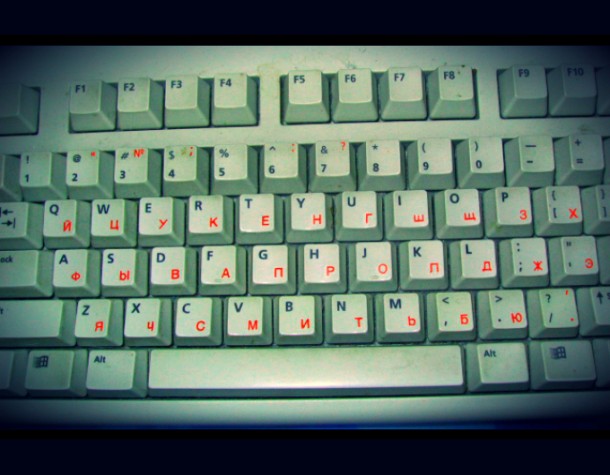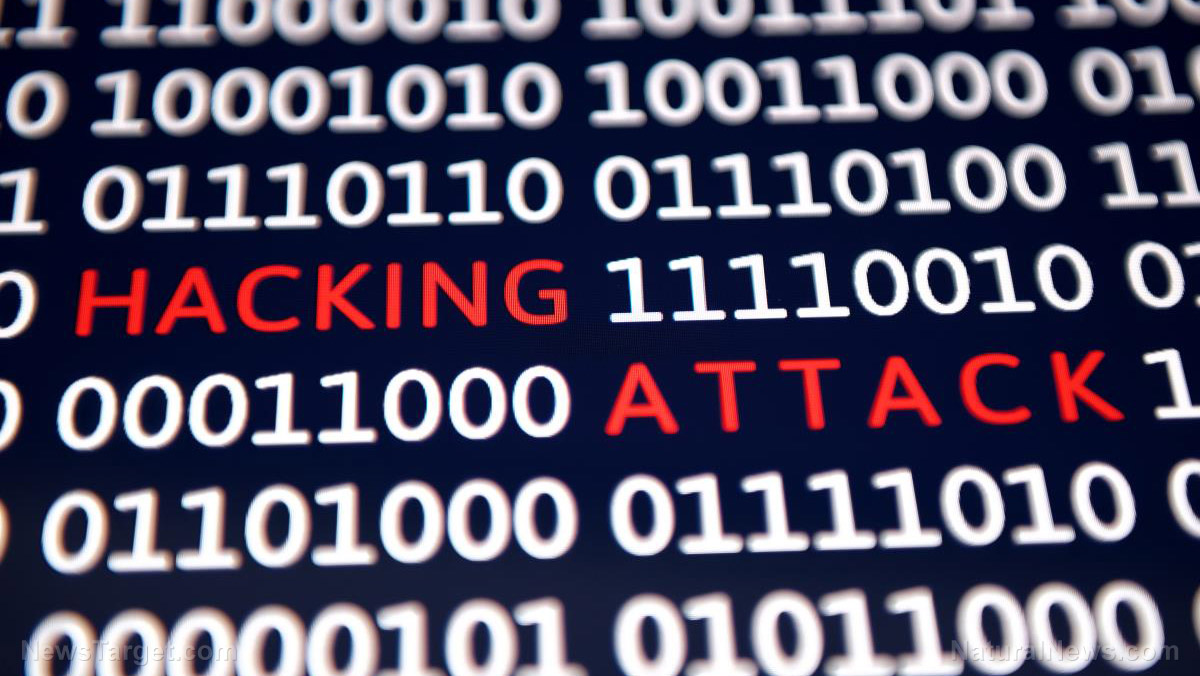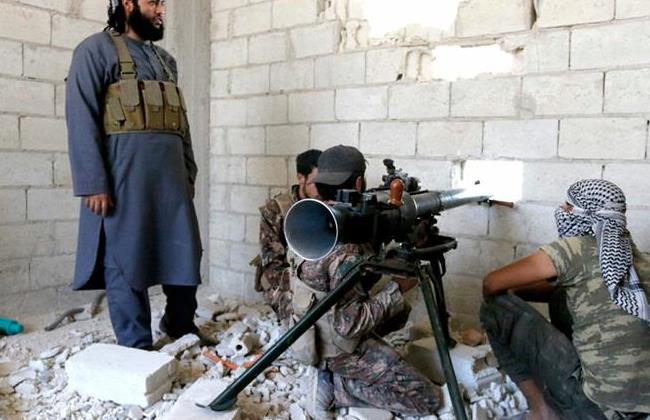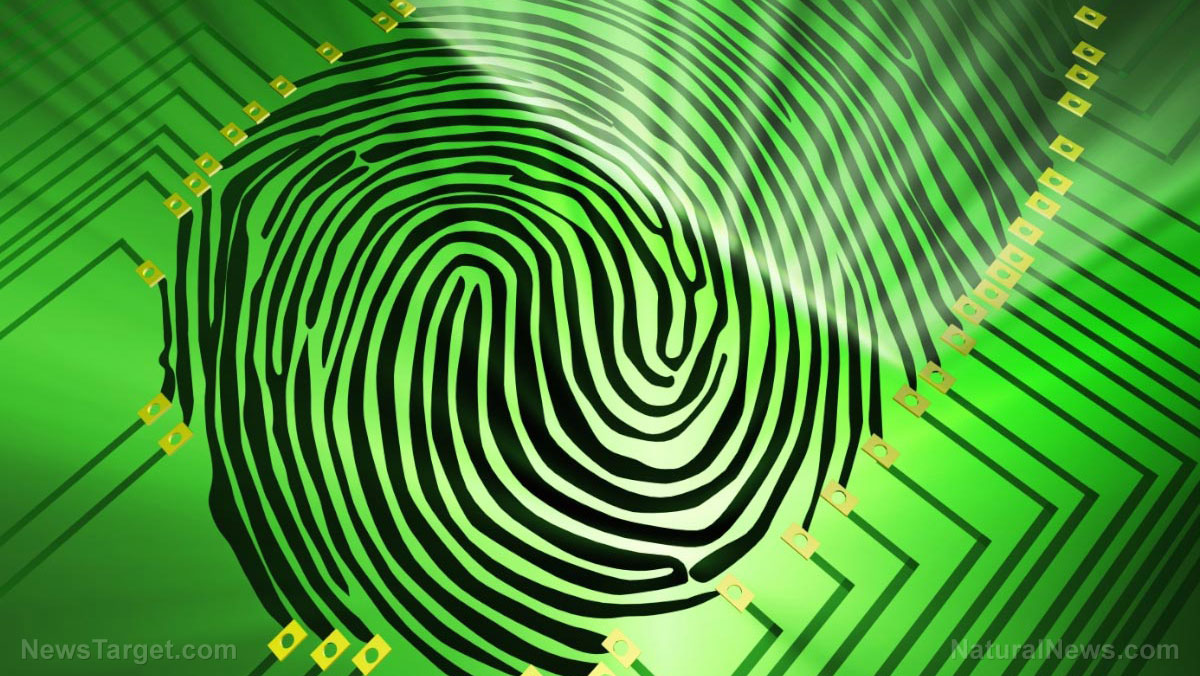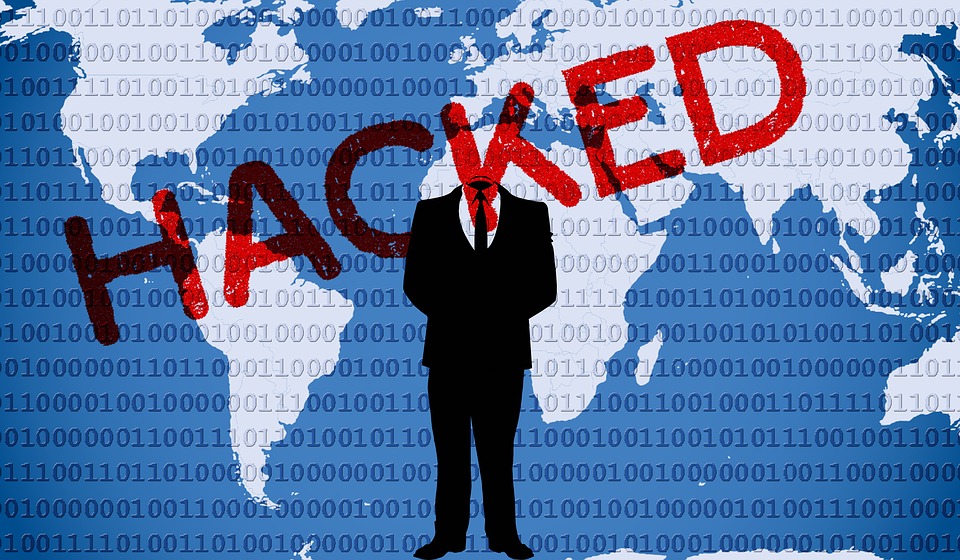Cyberwar said to be the ‘new arms race’ as nation states scramble to boost capabilities and defenses
10/16/2015 / By usafeaturesmedia

(Cyberwar.news) During the Cold War, the concept of MAD – mutually assured destruction – was developed as a means of preventing an all-out nuclear exchange between the two superpowers of the era, the United States and the Soviet Union.
The idea was simple: Via the development of three nuclear weapons delivery platforms – air-launch, ground-based ICBMs and submarine-based ICBMs – neither nation could be certain to knock out the other’s ability to counter a first strike. Thus, MAD became an outright deterrent to the use of nuclear weapons, and remains so today.
However, with the introduction of the Internet and increasing military reliance on it has essentially led to the development of a new weapon that, were it unleashed, would likely cause just as much death, damage and destruction: Cyber weapons.
As reported by The Wall Street Journal, though nations spend billions of dollars developing very elaborate facilities that enable them to join an exclusive nuclear weapons club, getting a cyberwar capability has been a much cheaper, and far easier, endeavor: All you need is some cash and a computer.
In recent years the United States and others have carried out successful computer attacks, but that launched a “frantic and destabilizing digital arms race,” the paper reported. Now, dozens of countries have amassed gigabytes of malicious code – the crux of the cyber weapon – ranging from rudimentary to the complex.
In fact, the proliferation of cyber weapons has proliferated so quickly and so widely that only now are nations beginning to realize the devastating potential behind them, as well as the high likelihood of retaliation should they be used by one nation against another.
To stave off at least some of those attacks, cyber agreements are now being floated and/or signed by competitor nations and allies alike. In recent weeks the U.S. and China inked a cyber agreement – the first between both countries – prohibiting some cyber theft and other related activities, though U.S. experts don’t believe the agreement is worth much.
Nevertheless, many viewed the agreement as an important first step, especially as more nations begin to amass cyber arsenals on an unprecedented scale, WSJ reported.
The paper further noted:
Pakistan and India, two nuclear-armed rivals, regularly hack each other’s companies and governments, security researchers said. Estonia and Belarus are racing to build defensive shields to counter Russia. Denmark and the Netherlands have begun programs to develop offensive computer weapons, as have Argentina and France.
In total, at least 29 countries have formal military or intelligence units dedicated to offensive hacking efforts, according to a Wall Street Journal compilation of government records and interviews with U.S. and foreign officials. Some 50 countries have bought off-the-shelf hacking software that can be used for domestic and international surveillance. The U.S. has among the most-advanced operations.
During the Cold War’s nuclear arms race, “the acronym was MAD—mutually assured destruction—which kept everything nice and tidy,” Matthijs Veenendaal, a researcher at the NATO Cooperative Cyber Defence Centre of Excellence, a research group in Estonia, told the paper. “Here you have the same acronym, but it’s ‘mutually assured doubt,’ because you can never be sure what the attack will be.”
Cyber hacks have been conducted by nations in order to steal weapons system data, corporation information, disable bank networks, erase computers and – in one suspected joint U.S.-Israeli operation against Iran – to destroy nuclear centrifuges.
But nation states have also targeted and penetrated critical infrastructure including electrical power grids, water treatment plants, dams and other systems. Anything with an Internet connection is vulnerable, say experts.
Despite their advantage on a traditional battlefield, developed nations’ conventional and nuclear forces are not well-suited for cyber warfare, and that evens the game between large nations and smaller ones. In fact, it might even be to a less-developed nation’s advantage, given its much smaller reliance on modern infrastructure (think North Korea versus South Korea).
As such, the West has begun to reconfigure its military forces in order to meet the clear and present cyber threat, as sometimes attacks are difficult to stop and impossible to trace.
U.S. officials say that more than 24 countries have amassed advanced cyber weapons over the past decade. And now, some in the Department of Defense are comparing the current moment to the lull between World Wars, when military forces discovered the potential of arming airplanes.
“It’s not like developing an air force,” in the context of cost and expertise, Michael Schmitt, a professor at the U.S. Naval War College and part of an international group studying how international law relates to cyber warfare, told WSJ. “You don’t need to have your own cyber force to have a very robust and very scary offensive capability.”
“With some countries, we’re comfortable with knowing what their capabilities are, but with other countries we’re still lost,” added Andre McGregor, a former cyber special agent at the Federal Bureau of Investigation and now the director of security at Tanium Inc., a Silicon Valley cybersecurity startup. “We don’t have the visibility into their toolset.”
Have you ‘liked’ Cyberwar.news on Facebook? Click here!
You can monitor breaking stories about hacking and cyber attacks at AlternativeNews.com.
See also:




